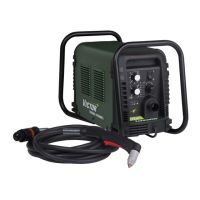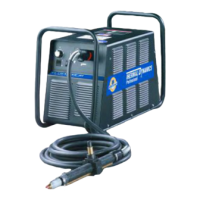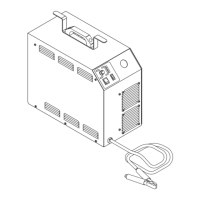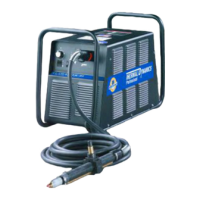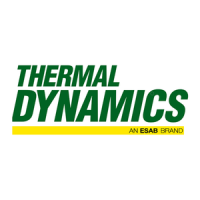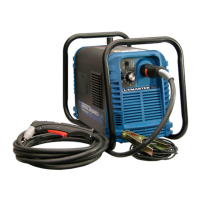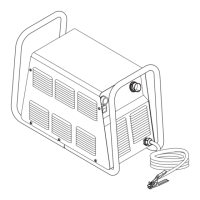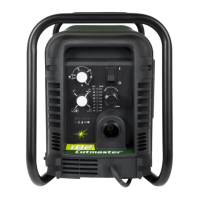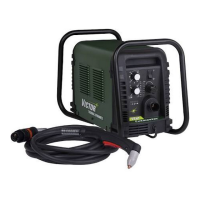What to do if GAS indicator is off and FAULT and MIN pressure indicators are flashing on my Thermal Dynamics Cutmaster 82?
- BBrooke OrtizAug 16, 2025
If the GAS indicator is off, and the FAULT and MIN pressure indicators are flashing, it could be due to several reasons: * The gas supply might not be connected. Ensure the gas supply is properly connected to the unit. * The gas supply might not be turned on. Make sure to turn on the gas supply. * The gas supply pressure might be too low. Set the air supply inlet pressure to the unit to 120 psi. * The AIR PRESSURE CONTROL regulator might be set too low. In this case you should adjust the regulator to set the air pressure.
